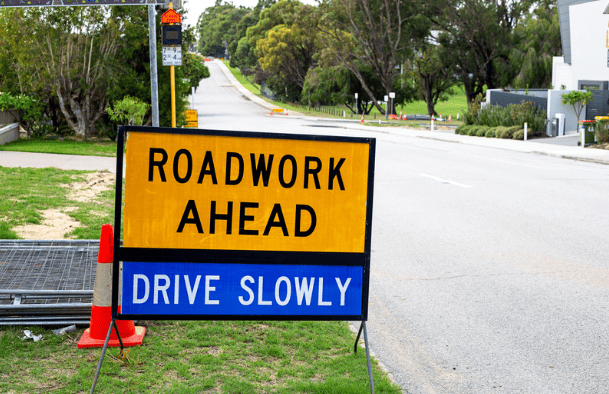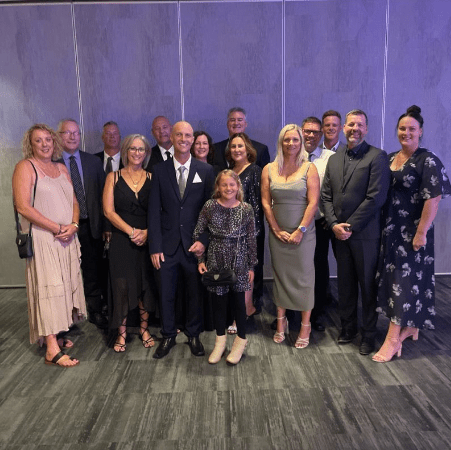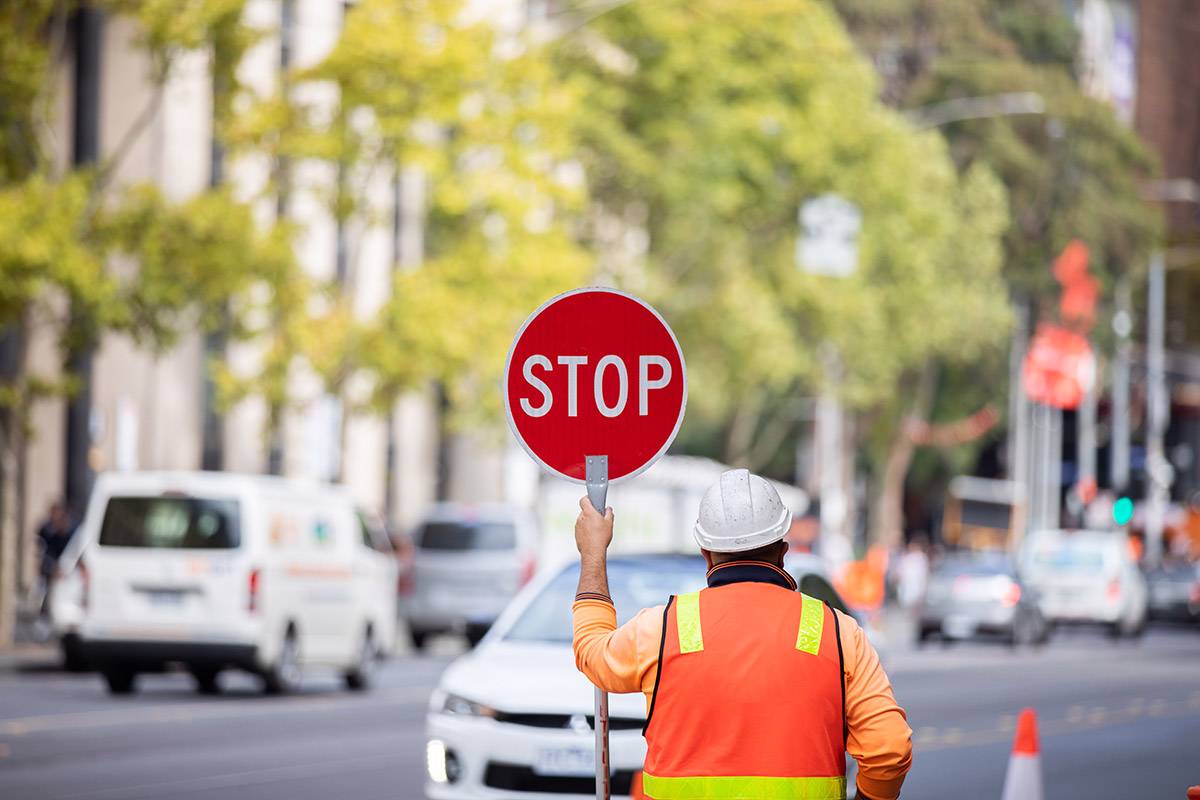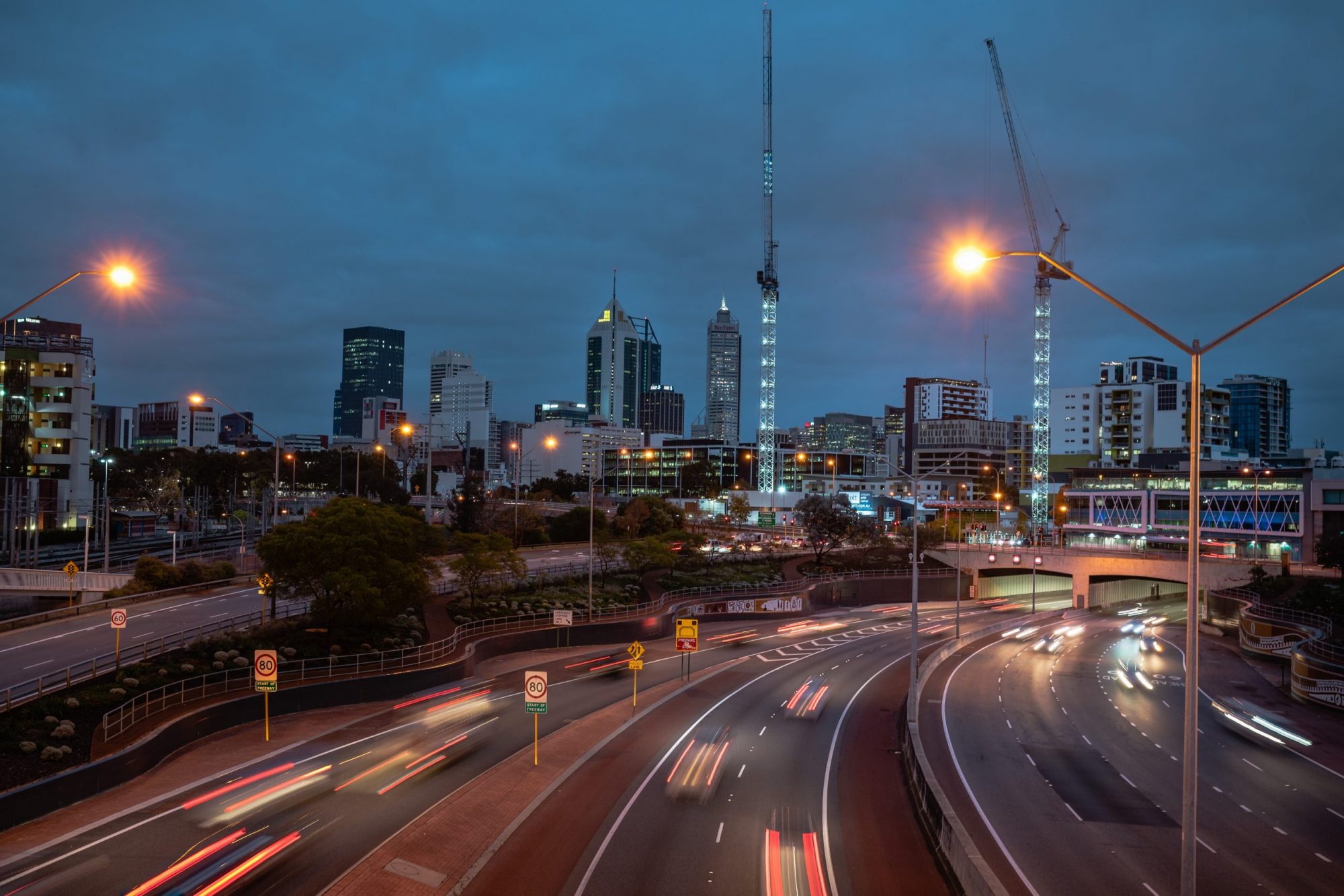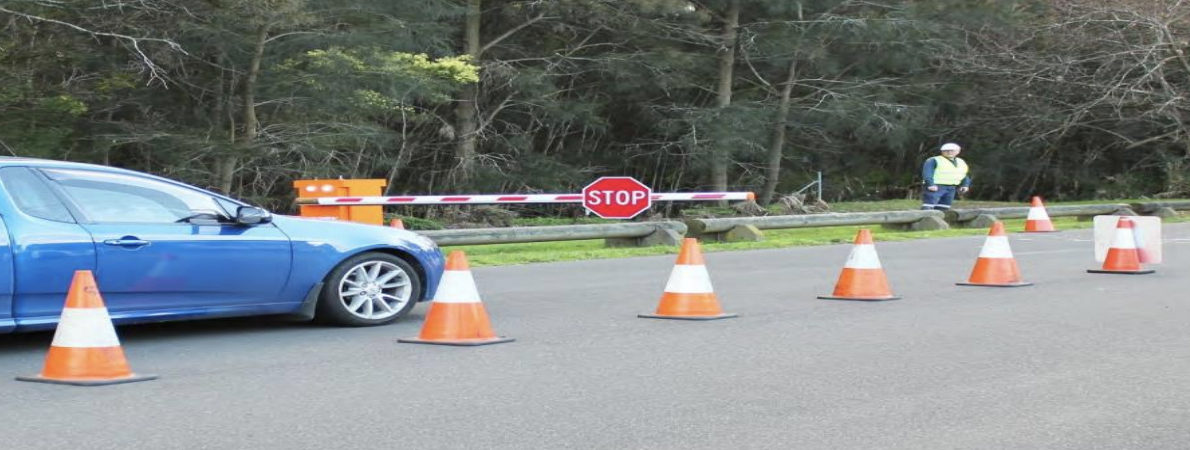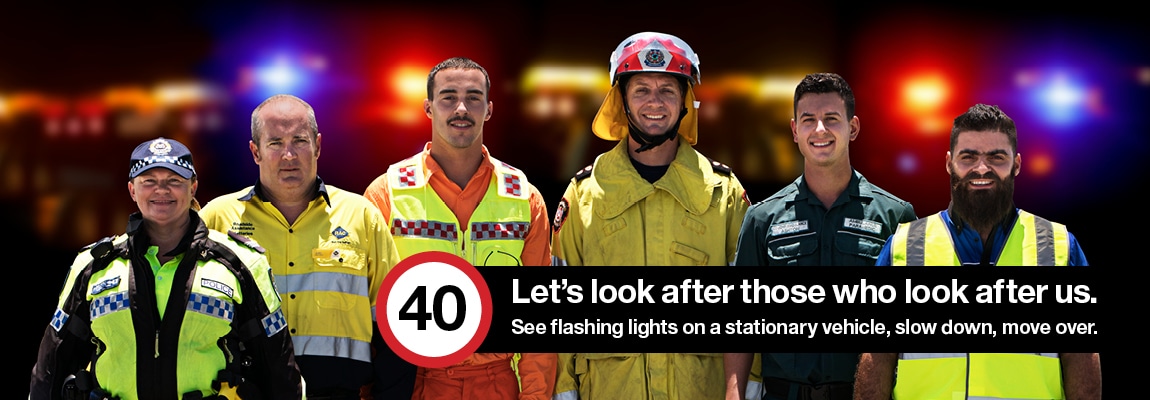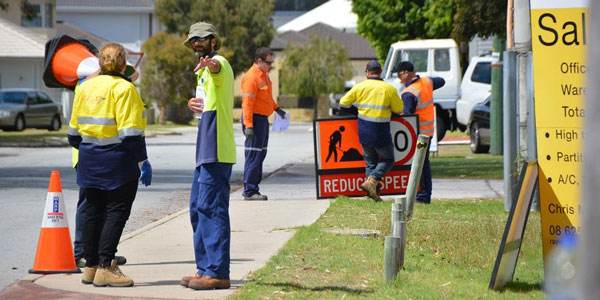Built back in 1896, the Palace Hotel is one of Perth’s most iconic and recognisable buildings. Considered one of Australia’s most opulent hotels, it attracted journalists and high profile patrons until its close in 1986. The facade was properly preserved, however the interior was mostly gutted when it was redeveloped as a bank and office tower.
Now, the Palace Hotel is set to light up as the site of the newest Meat & Wine Co. restaurant. Originally from South Africa, their hospitality group siblings include the renowned Ribs & Burgers and Hunter & Barrel.
The Meat & Wine Co. will treat diners to an indulgent and memorable experience that only the charm and history of the Palace Hotel can match. Lead by Seagrass BHG and architect Callie Van Der Merwe of Design Partnership, the original marble stairs of the Palace Hotel will again be utilised as the entrance point on the corner of William Street and St Georges Terrace. With walls retaining their stories and history, including a baroque-inspired room adorned with original gold leaf, The Meat & Wine Co. will inject their African-inspired aesthetic into the interior design.
Playing a Vital Role in Perth’s Growth
New development and growth is underpinned by a network of professionals and specialists who keep things running behind the scenes. While diners are presented with new and innovative establishments once they’re done and dusted, the final results are impossible without the collaboration, expertise and hard work of dedicated experts.
At WARP Group, we’ve been busy working on the transformation of the iconic Palace Hotel alongside a team of industry experts. Our traffic control and management expertise has been invaluable in the smooth running of the project, transforming the site into the all new Meat & Wine Co. restaurant. You may have spotted us working throughout the night to facilitate construction works and can still catch us maintaining traffic safety along William Street and St Georges Terrace.
Set to make waves in Perth’s food and wine scene, Perth foodies will be treated to fine dining set amongst a historic, impeccably preserved and beautifully transformed Palace Hotel interior. Find out more about the Palace Hotel redevelopment.
WARP Group: Powering Perth’s Expansion
At WARP Group, we’re proud to contribute to the growth and expansion of Perth’s metropolitan area.
From small short-term projects to complex long-term developments, we provide leading traffic control in Perth. Specialising in custom traffic management solutions, our professionals offer a full range of services tailored to the specifics of every project. From initial planning and consultations through to completion and finalisation, each project receives in-depth attention to maximise success.
Find out more about traffic management and traffic control in Perth. From special events through to construction projects, WARP Group has you covered with expert services. Contact us for more on 1300 131 204.

